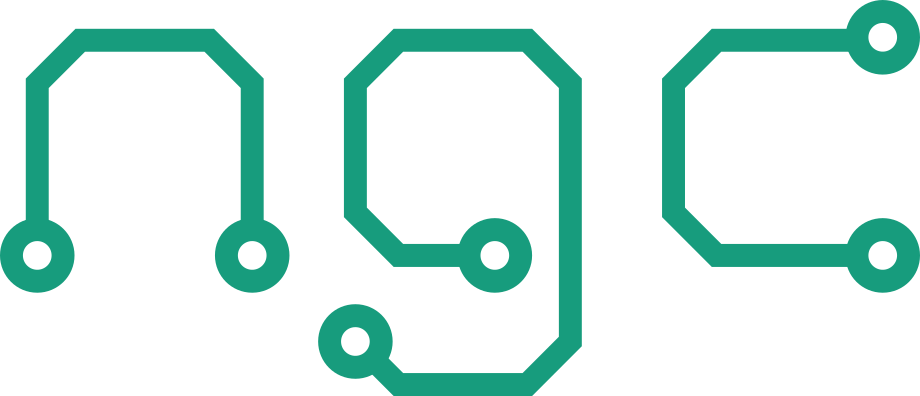Amorphous computing relies on effects that emerge when a large number of individually simple elements interact with each other according to pre-defined rules. Typically, these interactions are localized between direct neighbors, and the rules are significantly less complex than the emergent effects they are intended to produce.
Amorphous computing belongs to the broader field of natural computing, and it comprises various computer architectures, including implementations in electronic VLSI and bio-chemical systems.
Background
The concept is inspired by biological multi-cellular organisms, where complex macroscopic properties or behaviors emerge from the microscopic properties or behaviors of its individual cells, which are assumed to be pre-defined by the cells’ genome. Interactions between the cells occur only by the exchange of electro-chemical signals. For example, the intricate color patterns on some sea shells require the production of specific amounts of pigments by specific cells. However, rather than store the entire pattern within the genome (which would require a substantial amount of information), the patterns appear to emerge from comparatively simple rules that govern the local interaction of cells.

Various other disciplines have similarly made the observation that highly complex global phenomena of a system can emerge from simple local rules of interaction between its elements. This includes, for example, the state transition of materials in condensed matter physics, the formation of crystal structures, the flow of vehicular traffic, chemical reaction networks, swarm behavior, biofilm, and many more. Correspondingly, various mathematical frameworks have been developed to model and understand such systems. These include, among others:
- Cellular Automata & Partial Differential Equations
- Reaction-Diffusion models & Turing Patterns
- Ising & Spin Glass Models
- Membrane Computing
- Neural Cellular Automata & Reservoir Computing
- Multi-Agent Systems & Swarm Intelligence
The prospect that emergent properties could also be used for computation has fascinated computer scientists since the early days of the field, notably among them Konrad Zuse, Alan Turing, John von Neumann. The concept of cellular automata was popularized further by John Conway’s Game of Life and the theoretical work by Steven Wolfram, which proved that simple cellular automata are capable of producing highly complex behavior, including Turing-complete systems.
Due to their simplicity, i.e. their repetitive structures of simple elements with local interactions, amorphous computer architectures might enable more densely integrated, massively-parallel hardware implementations, e.g. in VLSI electronics, bio-chemical systems or swarms / multi-agent systems.
Further reading
| Title | Author | Year |
| Handbook of Natural Computing | Rozenberg, Bäck & Kok (Editors) | 2012 |
| A New Kind of Science | Stephen Wolfram | 2002 |
